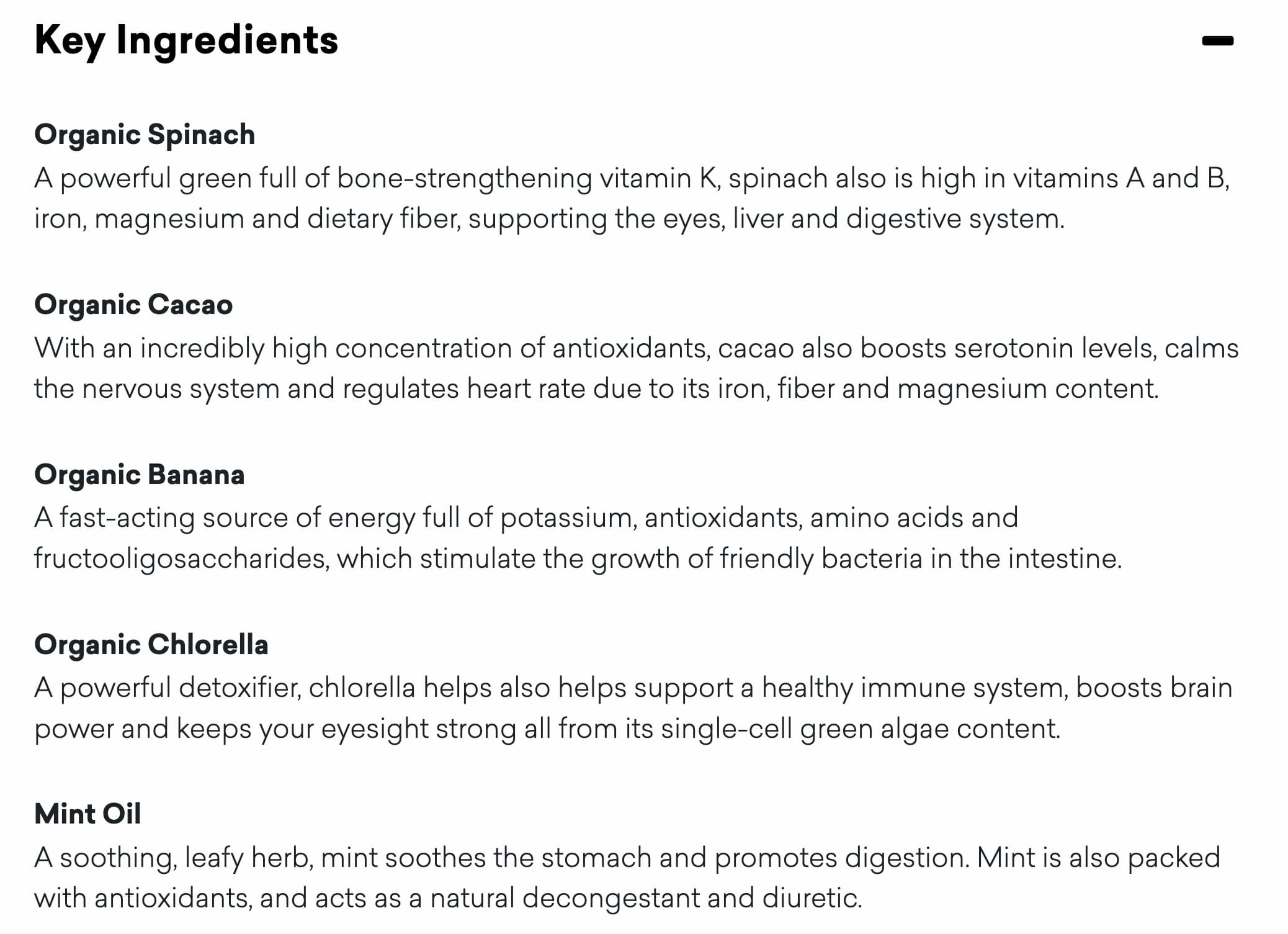7th October 2022
How to write a product page that ticks all the SEO boxes

If you run an ecommerce store, one of the things you want to get absolutely right is your SEO. With a good SEO strategy in place, you can drive targeted visitors to your store at the precise moments in which they’re looking for the products you sell.
There is a lot involved in creating an effective product page, but when it comes to getting your SEO spot-on, there are a few things you need to do.
Here’s a guide to how to create your product page to ensure it stands the best chance possible of being visible in the search results.
Sort out the basic information architecture
The first thing you need to do when you sort out your SEO strategy for your product pages is to ensure that you’ve covered all the basics correctly. That means setting your page up with the correct information architecture.
Start by setting up your breadcrumb navigation. If you have no idea what breadcrumb navigation is, it is essentially a type of site navigation that shows the visitors exactly where they are on the website. This often looks something like ‘Home – Category Name – Product Name’. It appears at the top of the page so the visitor can see where they are without having to look at the URL.
This is a way of simplifying the user experience — especially for ecommerce websites with many products and categories. It stops visitors from getting lost, and allows them to move between categories or retrace their steps without having to go right back to the home page.
This is great for the visitor (essential for ecommerce UX), and — like many things that are great for the visitor — it is also great for SEO.
Google sometimes adds breadcrumb trails directly to the search results on mobile devices (replacing the URLs), which makes things clearer for searchers and achieves better click-through rates as a result. Breadcrumbs also make it easy for search engines to understand site structure, which can help with SEO.
As well as setting up breadcrumb navigation, make sure you have a good internal link structure in place. Moz has a good example of how your internal link structure should look:

The top level is obviously your homepage, with your category and product pages falling neatly underneath. Each page is then divided into separate subcategories, making it easier for search engine crawlers to index your site.
Plan this out before you even write the content by creating a spreadsheet of all the pages and the pages they should link to. This will improve the user experience and show the search spiders how the pages are all connected.
Ensure your site is optimized for mobile use. Many visitors will access your site through mobile devices, so you need to make sure they have good experiences. You won’t do well in mobile search otherwise.
Also, make sure your website has fast-loading pages so people won’t need to hang around for a long time while your pages load. Slow pages won’t help your SEO at all. If your store website is really slow and/or poor on mobile screens, you have two options: start fresh with a new site, or find a developer to update it.
Starting fresh is easier than you might think. If you’re really in a hurry, you can get a basic store set up through a cloud-based builder, but if you really want to max out the quality of the end product and you’re willing to pay for it, then why not have a developer build your new store using WordPress? A fully-bespoke store might cost less than you think, and if you use a great developer, they can help you with the migration.
That said, in order to preserve SEO equity, you might want to stick with what you’ve got. The key part really is finding a great WordPress developer: you can explain your situation, and have them give you some guidance on whether you should upgrade your existing site or start fresh with a new one.
Incorporate keywords carefully
Once you have sorted out the basics, it’s time to start putting your copy together. But first, choose the keywords that you will use on each page. This will involve extensive keyword research to find the keywords you want to rank for, and then some smart product page copywriting to make sure they’re covered.
Normally, each page will have one main keyword, but you can also incorporate other keywords where they fit naturally — especially long-tail keywords.
When you write the content, you want to find the right balance between using keywords and creating compelling content. Don’t use keywords where they do not fit naturally, because you need to make sure the content is engaging — always try to use them in page titles and metadata if you can. It can be a challenge to get the right mix, but it is essential.
Include features and benefits in your copy
Any good product page will offer good quantities of features and benefits. Don’t just list features for the product — make sure every feature you mention has a benefit attached.
Check out the example below from Daily Harvest, describing a delicious-sounding Mint + Cacao Smoothie:

Image: Daily Harvest
Daily Harvest identifies each ingredient, and then expands on them to reveal the benefits that each ingredient provides. It’s not excessively wordy or complicated — it just succinctly explains how the customer can benefit from the product.
And even when Daily Harvest throws in big words like ‘fructooligosaccharides’, it immediately explains exactly what that means for the shopper and how it positively impacts their life. Perfect.
Remember: people don’t want drills, they want holes. Highlight what makes your product special, but make it very clear why each feature is valuable. How will it change your customers’ lives? You really need to know what your audience cares about.
This is all well and good, of course, but you may wonder what this has to do with SEO? Well, two of the factors that affect your SEO are click-through rate and bounce rate.
If you incorporate clear benefits into the page titles and meta descriptions that display in the search results, there’s a good chance you will get more clicks. This suggests to the search engines that your page is relevant to the search being carried out. Also, when visitors then stay on your page for longer, reading through the benefits and engaging rather than bouncing, this will also help to improve your SEO.
Use the power of social proof
Regardless of whether you’re selling a product or a service, social proof is a key part of the product page formula. For ecommerce stores, social proof is most commonly used in the form of customer reviews. New visitors can see what other customers think of the product, and this can help persuade them to go ahead and purchase.
A great product page will be preceded by a product preview that includes an aggregated review score directly underneath the product name — and when you drill down into the actual product page, each customer review and score should be presented below the product description.
Done correctly, this allows potential customers to learn about the product from the brand’s perspective, and then discover more about it from independent third-party reviews that they can trust. The social proof provides confirmation that the description isn’t just bluster.
Many people now expect to find reviews on every store, and want to read real reviews before placing any orders, so it’s good to have them to boost conversions — but customer reviews have SEO benefits too.
Customers will often use long-tail keywords in their reviews, and they will use the sort of language that is natural for customers to use — the very language that other prospective customers will use to search for your products. By adding user-generated content (UGC), you can improve your chances of ranking for more relevant words.
Go beyond words
Don’t just stick to words when creating a product page. There is more to a good page. Images are important too, as are videos. People want to see what they are buying. They cannot touch your products, so give them the next best thing.
Add alt text to your images and try to incorporate your keywords. Add a written script for your video if you have space, and you can enjoy SEO benefits as well as persuading more shoppers to buy.
Create more engaging product pages on your ecommerce website and take your customer experience to the next level.
If you provide a good experience for your customers, there’s a good chance you’ll boost your SEO at the same time. Google loves providing its users with results that lead to good experiences, so follow the tips above and create incredible product pages.
Related Posts


